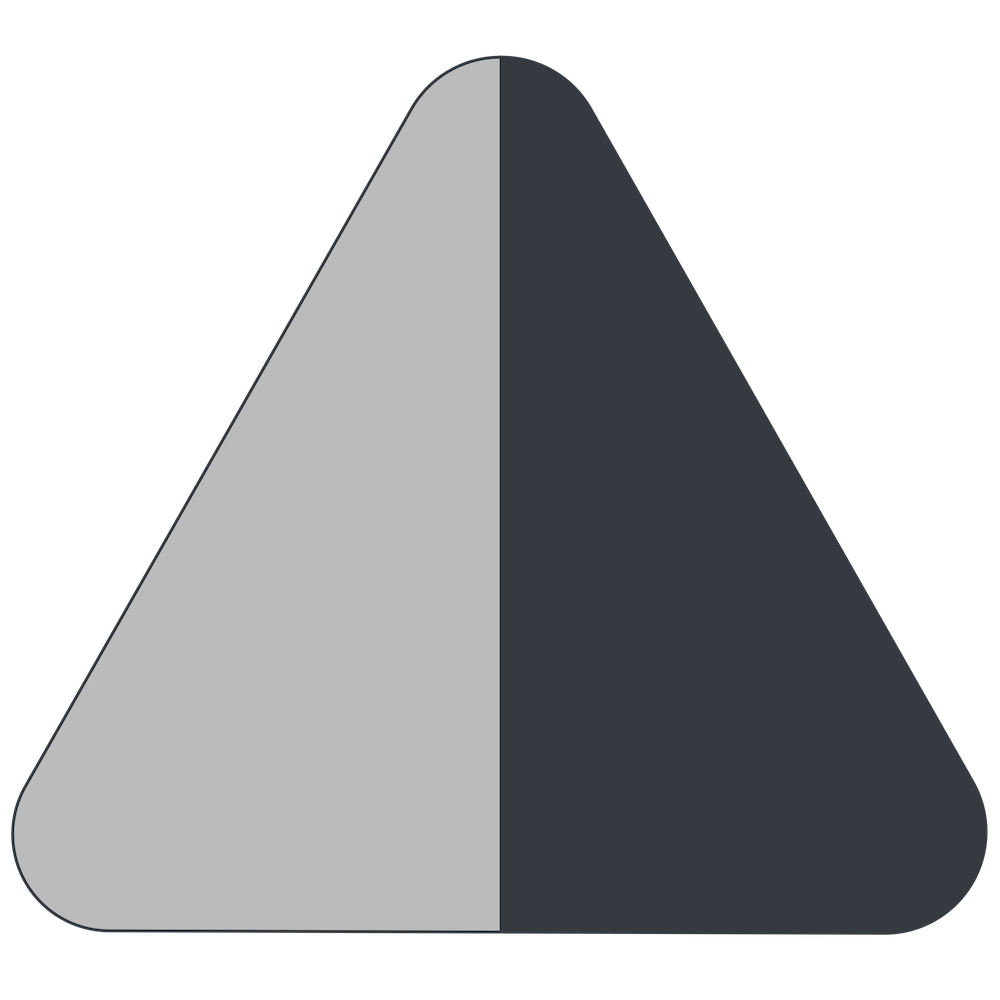About CSS-only Tabs
Here's how you can implement dynamic tabs without the use of JavaScript:
HTML
<div class="tabbed">
<input type="radio" id="tab1" name="css-tabs" checked>
<input type="radio" id="tab2" name="css-tabs">
<input type="radio" id="tab3" name="css-tabs">
<ul class="tabs">
<li class="tab"><label for="tab1">Python</label></li>
<li class="tab"><label for="tab2">Django</label></li>
<li class="tab"><label for="tab3">JavaScript</label></li>
</ul>
<div class="tab-content">
<p>Something about Python</p>
</div>
<div class="tab-content">
<p>Something about Django</p>
</div>
<div class="tab-content">
<p>Something about JavaScript</p>
</div>
</div>
CSS
.tabbed {
overflow-x: hidden;
}
.tabbed [type="radio"] {
display: none;
}
.tabs {
display: flex;
align-items: center;
justify-content: center;
list-style: none;
padding: 0;
}
.tab > label {
display: block;
cursor: pointer;
}
.tab-content {
display: none;
}
.tabbed [type="radio"]:nth-of-type(1):checked ~ .tabs .tab:nth-of-type(1) label,
.tabbed [type="radio"]:nth-of-type(2):checked ~ .tabs .tab:nth-of-type(2) label,
.tabbed [type="radio"]:nth-of-type(3):checked ~ .tabs .tab:nth-of-type(3) label {
background: var(--primary);
color: var(--white);
}
.tabbed [type="radio"]:nth-of-type(1):checked ~ .tab-content:nth-of-type(1),
.tabbed [type="radio"]:nth-of-type(2):checked ~ .tab-content:nth-of-type(2),
.tabbed [type="radio"]:nth-of-type(3):checked ~ .tab-content:nth-of-type(3) {
display: block;
}
Also by me
Django Paddle Subscriptions app
For Django-based SaaS projects.
Django App for You
Django GDPR Cookie Consent app
For Django websites that use cookies.
Django App for You

